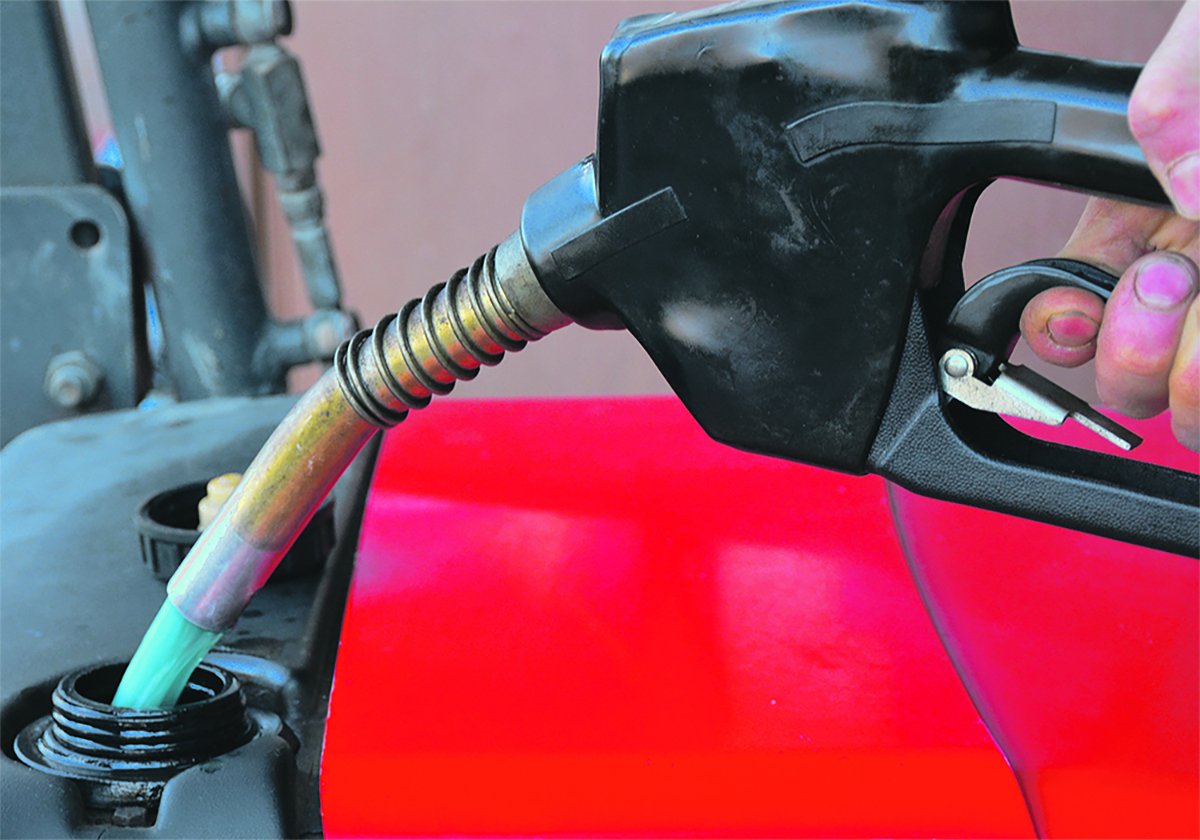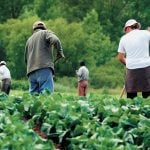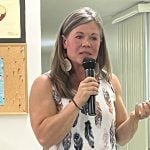Lake Diefenbaker lies like a glittering jewel in southern Saskatchewan, 225 kilometres of water that for more than 40 years has been the subject of many irrigation studies.
The potential has been talked about for so long that many close to the issue are frustrated.
It’s time for the provincial government to act, says AECOM engineer Dale Miller, who has authored several of the studies.
“The studies are done,” he said.
“It’s economically viable, technically feasible and there is demand. It would be a boon for Saskatchewan.”
Read Also

Alberta may eliminate marked fuel
Alberta may soon stop selling dyed gasoline and diesel.
The studies suggest that water from Lake Diefenbaker could irrigate another 400,000 acres. Only 100,000 acres are now irrigated from the reservoir. Another 240,000 acres are irrigated from smaller reservoirs and rivers in other parts of the province.
“This is a no brainer,” Miller said.
Lake Diefenbaker, a joint venture of the federal and provincial governments, was formed by building the Gardiner and Qu’Appelle Dams from 1958-67. The original cost was about $120 million; to replace it would cost $1 billion.
“The deal was the feds would build the dam and the province would uptake the irrigation,” Miller said.
The original idea was to irrigate 450,000 acres.
Projects near Outlook and Conquest were started but a provincial election in 1971 brought a new government to power and the project was canned. Miller said it was a classic case of politics trumping physics.
The Progressive Conservative government established projects at Lucky Lake and Broderick in the 1980s but Miller said the end result was a long way off from the reservoir’s original promise.
A study done for the Saskatchewan Irrigation Projects Association in 2008 looked at the economic benefits of reaching that potential.
“The cost benefit ratios of the irrigation developments were positive as both pure agricultural on-farm increase from yields with a ratio of 4:1 but rose to 16:1 once the value added benefits that develop around an irrigation economy were built into the outlook scenario,” Graham Parsons, vice-president of development at Clifton Associates, said when releasing the study.
However, the cost of obtaining those benefits would be about $2.9 billion over 20 years.
Studies have suggested five major infill and expansion projects:
Parsons says enough water is available to expand irrigation and still serve the estimated 45 percent of the province’s population that relies on Lake Diefenbaker for its water supply.
“Under extremely conservative estimates during drought years, all of the developments around the lake would have used only 20 percent of the currently available water supply,” he said in his study.
“In wet years the use amounted to only three percent of the available supply.”
Miller said more water is lost each year to evaporation than is used by agricultural irrigators.
What’s needed now is government funding, he added.
The Qu’Appelle South project could cost $500 million, depending on its scope. Miller said the government could start by setting aside $50 million each year for 10 years to build it.
“You have to wonder how prosperous the Outlook area would be today” if the original plan had been followed, he added.
He said that if all the work goes ahead, the area would resemble the region around Taber, Alta. with value added processing and specialty crops.
Aside from the political will, Miller said bureaucrats have to turn their thinking to a long-term project rather than short-term, fiscal-year programs. He suggested the province form a crown corporation or agency to look after construction.
“The ministry of agriculture is not prepared to handle it,” he said. “The Saskatchewan Watershed Authority, it’s not in their mandate.”
Miller told irrigators attending the SIPA annual meeting in November that they have to keep up the pressure. Agriculture is just one water use from Lake Diefenbaker, but all of society would benefit from the recreation, wetlands and other development that would follow, he added.















